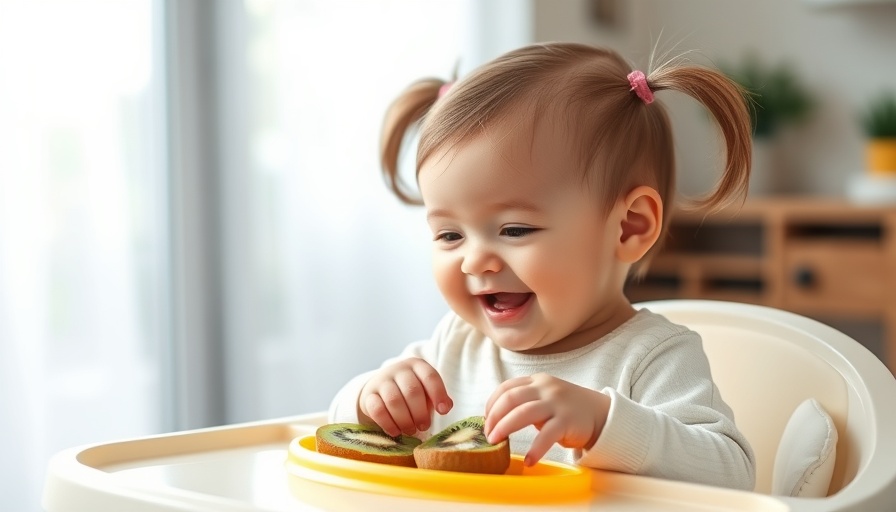
Understanding Tampons: A Brief Overview
For many young menstruators, the idea of sleeping with a tampon can raise questions. Parents may often wonder if this practice is safe for their daughters. Tampons are designed to absorb menstrual flow efficiently, and the concern usually stems from issues of hygiene and possible discomfort. However, if used properly, tampons can indeed be a safe option for those looking for a more convenient way to manage their periods, especially during sleep.
Safety Concerns: How Long is Too Long?
One of the primary concerns around sleeping with a tampon in is the risk of Toxic Shock Syndrome (TSS), a rare but serious condition caused by bacterial toxins. While TSS is often associated with prolonged use of super-absorbent tampons, it is important to note that the risk can be reduced through proper hygiene and management. Experts recommend changing tampons every 4 to 6 hours, although they can be left in for up to 8 hours. Therefore, if a young person chooses to sleep with a tampon, they should ensure to follow these guidelines.
Sleep Hygiene and Menstrual Health
Menstrual health can significantly impact sleep quality. Parents should educate their children about sleep hygiene, which refers to the practices that can enhance overall sleep performance. With the menstrual cycle affecting hormonal balance, stress, and physical discomfort, many young menstruators may experience disrupted sleep. Utilizing tampons may provide a layer of comfort that helps alleviate concerns about leaks and discomfort, promoting better sleep during their periods.
Cultural Perspectives on Menstruation
In various cultures, menstruation is accompanied by diverse practices and beliefs. Traditionally, some societies would impose restrictions during menstruation, often viewing it as a time for rest. Today, as perspectives shift, education around menstruation and its effects on lifestyle—including sleep—has become crucial. Parents can play an essential role by fostering open conversations about menstruation, instilling confidence in young individuals to manage their health without stigma.
Adolescent Health: Balancing Physical and Mental Well-Being
Understanding the intersection of menstrual cycles, sleep, and mental health is vital for growing adolescents. Many experiences fluctuating hormonal levels that can impact mood and cognitive functions. Notably, sleep deprivation has been linked to increased anxiety and depression. Thus, teaching young people the importance of self-care during menstruation, including healthy sleep practices and proper hygiene, directly contributes to their overall well-being. Parents should advocate for healthy bedtime routines that account for the menstrual cycle’s impact on sleep.
Conclusion: Educational Resources for Parents and Teens
It’s crucial for parents to remain informed and engaged with their children’s health practices, especially during significant physical changes like menstruation. Providing resources, including discussing menstrual products and their use, can help young menstruators manage their health confidently. Parents can encourage participation in educational programs or community discussions about menstruation, sleep hygiene, and health, fostering an environment where children can thrive.
Educating ourselves and our children about these topics leads to healthier lives and better relationships with our bodies. Remember, menstrual health is a vital part of well-being, and equipping young people with knowledge helps them navigate their choices with safety and confidence.
 Add Row
Add Row  Add
Add 




Write A Comment